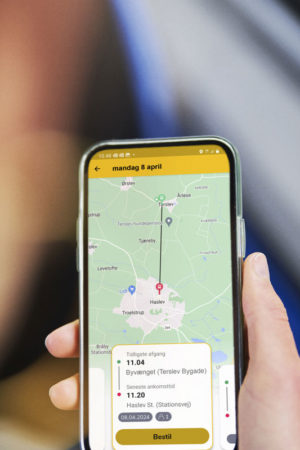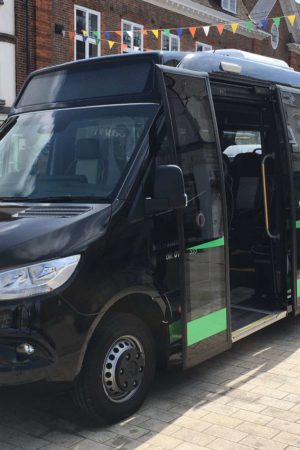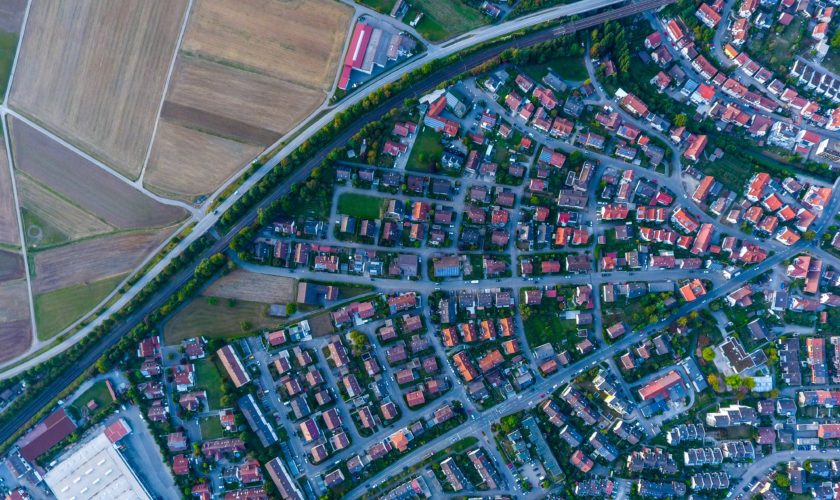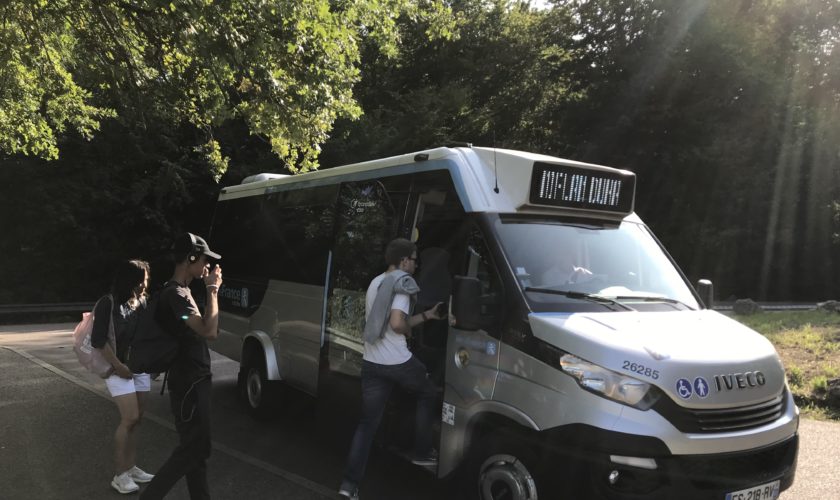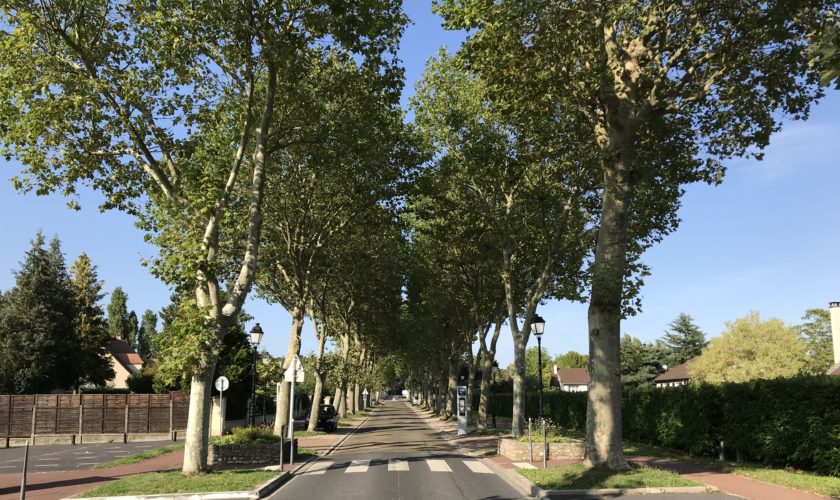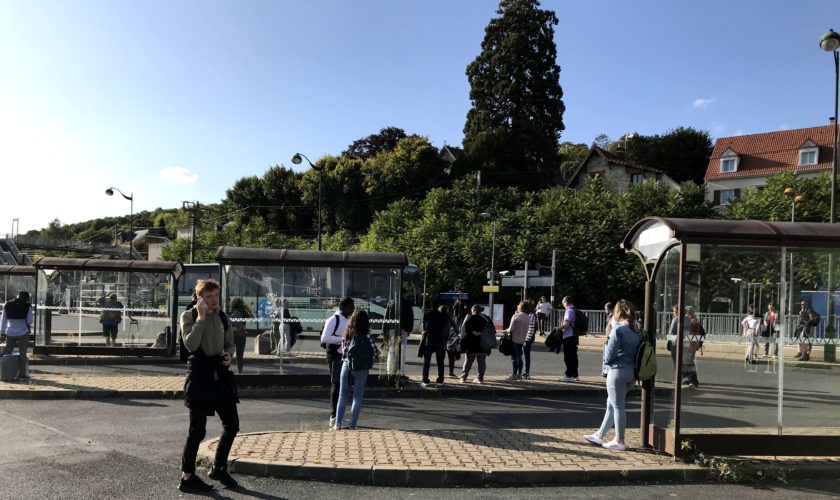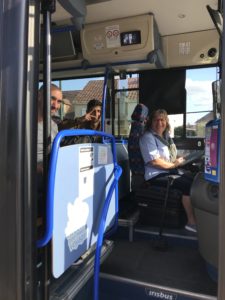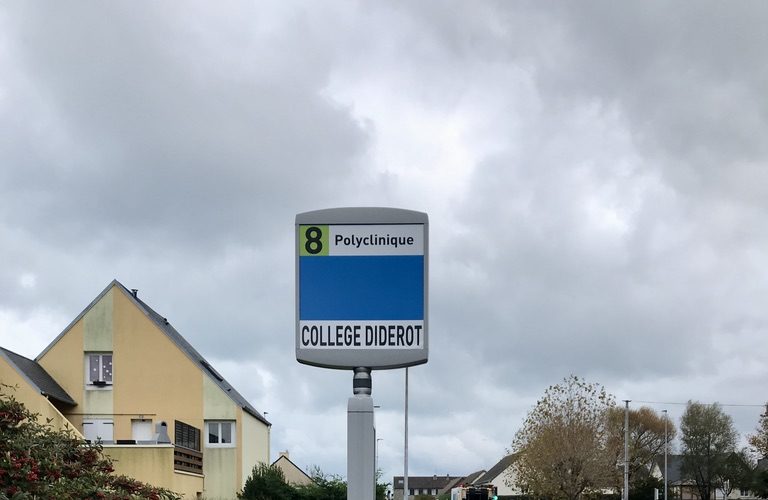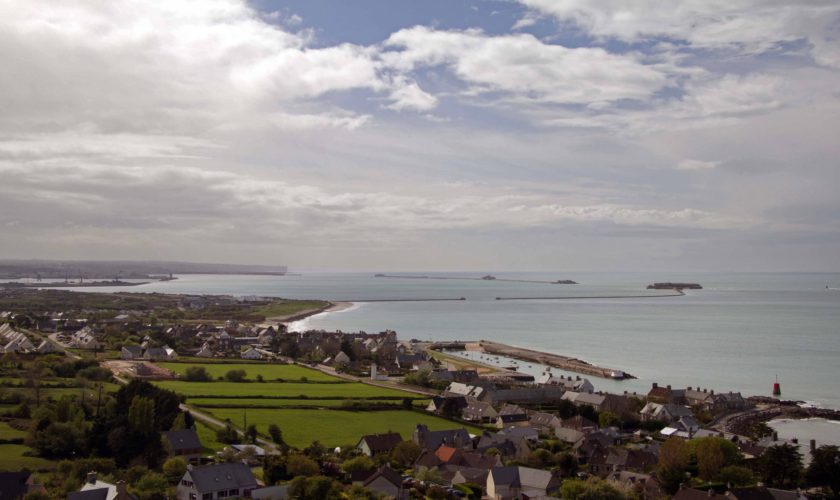What are the main key measures for Demand-Responsive Transport in the new French Mobility Act (LOM)? The text was published in the Official Journal of December 24, 2019. It brings many advances on shared mobility solutions including Demand-Responsive Transport. In particular, it marks the transition from a transport policy oriented towards major projects to an “everyday mobility” policy . 8 key points are to bear in mind:
1. Public Transport Authorities (PTA) mobility can more easily offer Demand-Responsive Transport services.
It is now possible for a PTA to intervene in the following 6 main areas, to develop an adapted offer to the territories: conventional regular transport, Demand-Responsive Transport, school transport, active and shared mobility, as well as solidarity mobility.
2. The mobility plans replace the current urban travel plans (PDU) and take into account Demand-Responsive Transport.
Active and shared mobility, solidarity mobility and the logistic challenges are better apprehended in these new plans. They are part of the objectives to fight urban sprawl, air pollution and for the preservation of biodiversity.
3. The transportation subsidy becomes the mobility subsidy and includes Demand-Responsive Transport.
This subsidy is subject to the setting up of conventional regular public transport services. In addition, it is possible to adjust its rate within the same work union according to the density of the territories.
4. Demand-Responsive Transport for People with Reduced Mobility (paratransit) is facilitated.
The mobility of people with reduced mobility will be facilitated, through concrete measures which include paratransit.
5. The development of Demand-Responsive Transport is facilitated.
The challenge is to make innovation a lever to meet the many unmet mobility needs.
6. The legal framework for carrying out experiments (POCs) on Demand-Responsive Transport in rural areas is adapted.
The act empowers the Government to legislate by ordinance to introduce legislative-level exemptions. This provision is part of the France Expérimentation approach.
7. Employers can implement Demand-Responsive Transport to facilitate their employees’ commuting as part of the compulsory negotiations to be carried out within companies with more than 50 employees.
These agreements must specify the manner in which employers undertake to facilitate the home-to-work trips of their employees. It could take the form of a mobility voucher.
8. A sustainable mobility package is created: up to € 400 / year to go to work by Demand-Responsive Transport.
Tous les employeurs privés et publics pourront contribuer aux frais de déplacement domicile-travail en solutions de mobilité partagée de leurs salariés. Ce forfait pourra s’élever jusqu’à 400 €/an en franchise d’impôt et de cotisations sociales. Aussi, il remplacera l’indemnité kilométrique vélo mise en place jusqu’à ce jour, mais dont la mise en œuvre est restée limitée car trop complexe. Ce forfait sera cumulable avec la participation de l’employeur à l’abonnement de transport en commun, dans une limite de 400€/an (la prise en charge de l’abonnement de transport en commun reste déplafonnée).
All private and public employers will be able to contribute to home-to-work trips’ costs through shared mobility solutions for their employees. This package can be up to € 400 / year free of tax and healthcare contributions. Also, it will replace the bicycle mileage allowance set up to date, but whose implementation has been limited because of it’s complexity. This package can be combined with the employer’s participation to the public transport subscription, up to a limit of € 400 / year (support for the public transport subscription remains uncapped).
Learn more about the LOM, the French Mobility Act (in Frenc)


